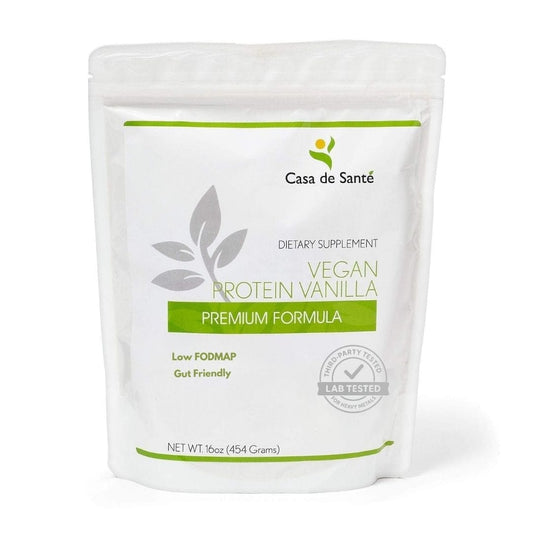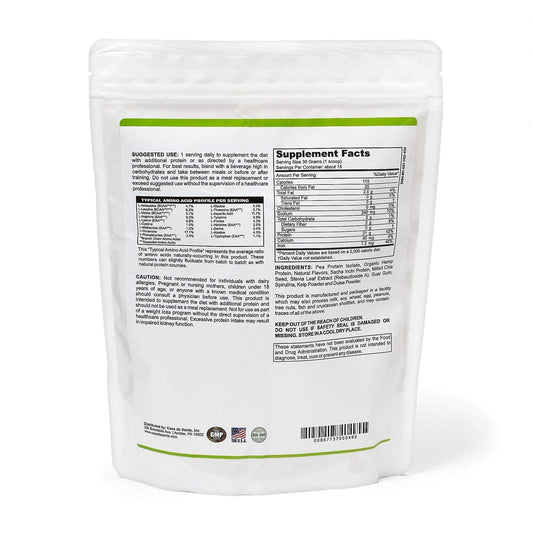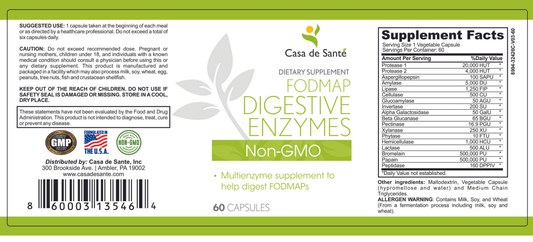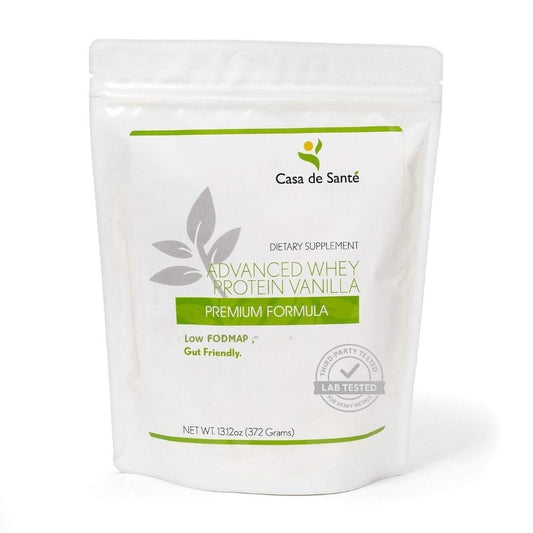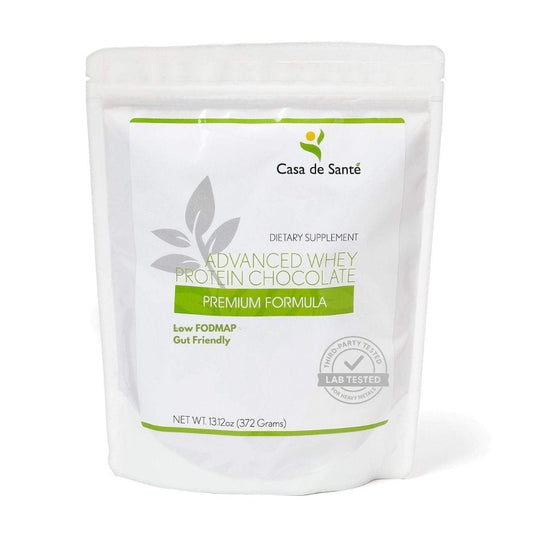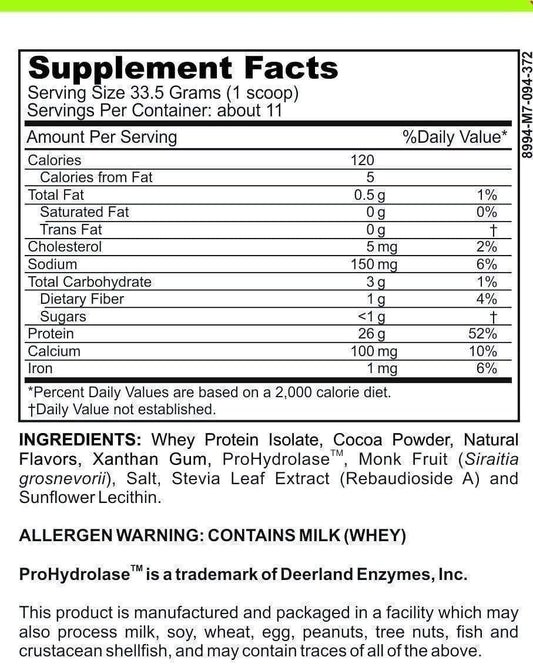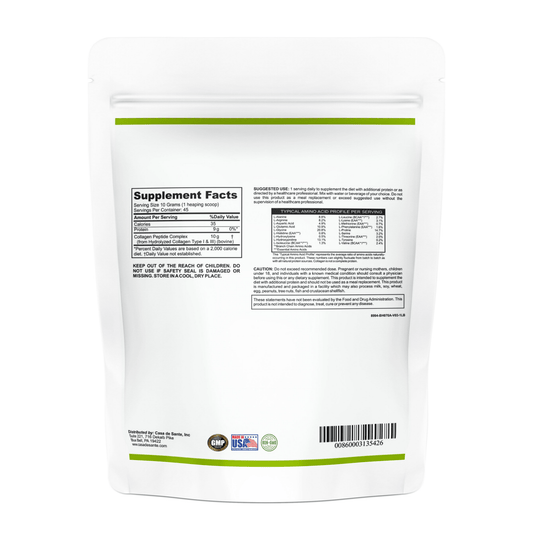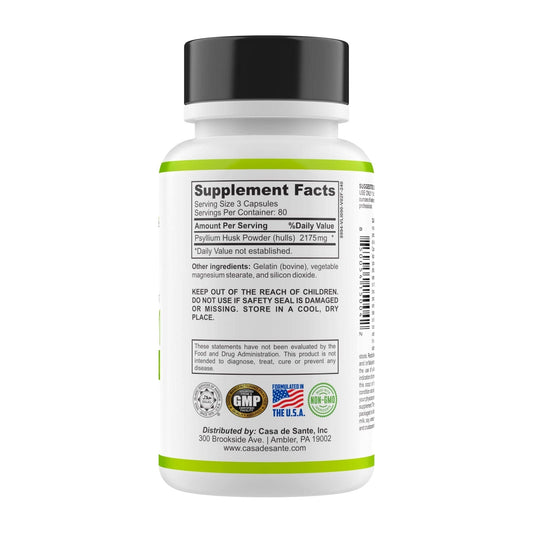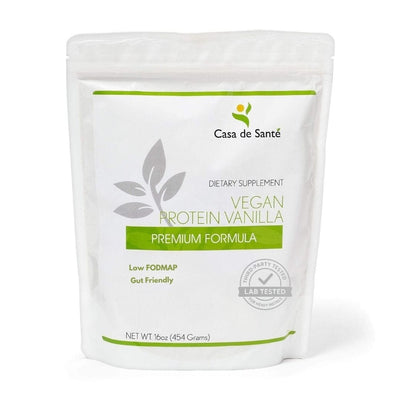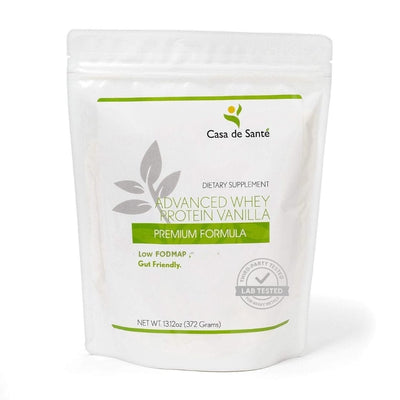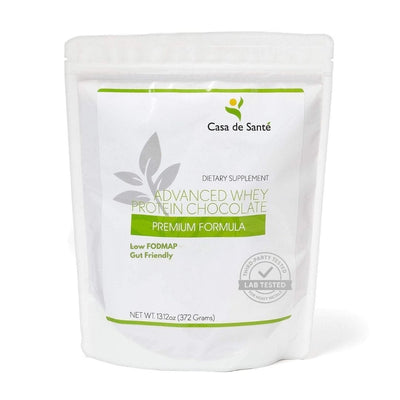Amaranth Flour Vs Buckwheat Flour
Amaranth Flour Vs Buckwheat Flour
In the world of gluten-free flours, amaranth flour and buckwheat flour are two popular options. Both offer unique nutritional profiles and culinary characteristics that make them versatile ingredients in the kitchen. In this article, we will delve into the various aspects of these flours, comparing their nutritional content, discussing their uses in cooking and baking, exploring traditional recipes, and considering factors such as price, environmental impact, and health benefits.
Understanding the Nutritional Profiles
When it comes to nutritional value, both amaranth flour and buckwheat flour have their own strengths. Amaranth flour is known for its rich protein content, essential amino acids, and high mineral content. It is a good source of calcium, iron, magnesium, and phosphorus, making it a valuable addition to a balanced diet. Buckwheat flour, on the other hand, is packed with vitamins such as niacin, thiamine, and riboflavin, as well as minerals like manganese, copper, and zinc. It also contains antioxidants that contribute to its overall health benefits.
Comparing the Protein Content uni
When it comes to protein content, amaranth flour boasts an impressive profile. It contains about 13 grams of protein per 100 grams, making it a significant source of plant-based protein. Buckwheat flour, while not as high in protein as amaranth flour, still provides a respectable amount, with around 10 grams per 100 grams. For individuals looking to incorporate more protein into their diet, both flours offer compelling options.
Analyzing the Carbohydrate Content uni
In terms of carbohydrates, amaranth flour and buckwheat flour have slightly different profiles. Amaranth flour is considered a low glycemic index food, meaning it doesn't cause a rapid spike in blood sugar levels. This makes it a suitable choice for individuals managing their blood sugar levels. Buckwheat flour, although not as low in glycemic index as amaranth flour, is still relatively moderate and can be part of a balanced diet.
Examining the Fiber Content uni
Fiber is an essential component of a healthy diet, aiding digestion and promoting feelings of satiety. Amaranth flour contains approximately 6 grams of fiber per 100 grams, providing a significant contribution to daily dietary fiber needs. Buckwheat flour, slightly higher in fiber, offers around 10 grams per 100 grams. Both flours are excellent sources of dietary fiber, supporting overall digestive health.
Investigating the Fat Content uni
When it comes to fat content, amaranth flour and buckwheat flour are relatively low in fat. Amaranth flour contains only around 4 grams of fat per 100 grams, with a minimal amount of saturated fat. Buckwheat flour, with approximately 3 grams of fat per 100 grams, has a similarly low-fat content. These flours are excellent options for those seeking low-fat ingredients in their recipes.
Unveiling the Vitamin and Mineral Content uni
Both amaranth flour and buckwheat flour offer a range of vitamins and minerals. Amaranth flour is particularly high in iron, providing about 15% of the recommended daily intake per 100 grams. It also contains notable amounts of calcium, magnesium, and phosphorus, contributing to bone health and overall well-being. Buckwheat flour excels in its vitamin B content, specifically niacin, thiamine, and riboflavin, which are essential for energy production and metabolism.
Evaluating the Glycemic Index uni
The glycemic index (GI) is a measure of how quickly a food raises blood sugar levels. Amaranth flour has a low GI, making it beneficial for individuals concerned about maintaining stable blood sugar levels. Buckwheat flour falls into the moderate GI range, meaning it has a gradual impact on blood sugar levels. Both flours can be included within a balanced diet, considering individual health needs.
Exploring Gluten-Free Options uni
For individuals following a gluten-free diet, amaranth flour and buckwheat flour prove to be excellent alternatives to traditional wheat flour. They do not contain gluten, a protein found in wheat that can cause negative reactions in gluten-sensitive individuals. Both flours offer a similar texture and consistency to wheat flour when used in recipes. It's important to note that cross-contamination may occur, so it's essential to choose certified gluten-free products if you have a severe gluten allergy or celiac disease.
Discussing Allergies and Sensitivities uni
While amaranth and buckwheat flours are generally well-tolerated by most individuals, it's crucial to be aware of potential allergies and sensitivities. Some individuals may have an allergic reaction to amaranth or buckwheat, experiencing symptoms such as itching, swelling, or difficulty breathing. If you have a known allergy to any grains, it's best to consult with a healthcare professional before incorporating these flours into your diet.
Flavor and Taste Comparison uni
Amaranth flour and buckwheat flour have distinct flavors that can impact the overall taste of recipes. Amaranth flour has a slightly nutty and earthy flavor, which adds depth to baked goods and savory dishes. On the other hand, buckwheat flour offers a distinct, slightly bitter taste that complements dishes such as pancakes and soba noodles. The choice between the two flours ultimately depends on personal preference and the desired flavor profile of the recipe.
Texture and Consistency Differences uni
When it comes to texture and consistency, amaranth flour and buckwheat flour behave differently in recipes. Amaranth flour tends to result in a lighter and more delicate texture, making it suitable for cakes, cookies, and muffins. Buckwheat flour, with its slightly denser consistency, is ideal for creating hearty pancakes, bread, and pasta. The choice of flour should be based on the desired outcome and the specific recipe requirements.
Baking with Amaranth Flour vs Buckwheat Flour uni
Amaranth flour and buckwheat flour can be used as substitutes for traditional wheat flour in various baking recipes. When using these gluten-free flours in baking, it's essential to consider their unique properties. Amaranth flour, with its higher protein content, behaves similarly to wheat flour and can often be used in a 1:1 ratio. Buckwheat flour, with its distinctive flavor and texture, works best when combined with other gluten-free flours to produce desirable results. Experimentation and adjusting recipes to suit personal taste preferences may be necessary.
Cooking Applications and Culinary Uses uni
Aside from baking, both amaranth flour and buckwheat flour have a wide range of cooking applications and culinary uses. Amaranth flour can be used as a thickening agent in soups and stews or as a coating for frying. It can also be incorporated into homemade pasta or used as a gluten-free alternative for breading. Buckwheat flour is commonly used in making pancakes, crepes, and noodles, adding a unique flavor and texture to these dishes. Its nutty taste also complements savory dishes such as vegetable fritters and breaded tofu.
Exploring Traditional Recipes with Amaranth Flour and Buckwheat Flour uni
Amaranth flour and buckwheat flour have rich culinary traditions in various cuisines around the world. In Mexican cuisine, amaranth flour is used to make a traditional sweet called "alegría," which combines popped amaranth seeds with honey or sugar. In Japanese cooking, buckwheat flour is used to make soba noodles, a staple in Japanese cuisine known for its delicate flavor and unique texture. These traditional recipes highlight the versatility and cultural significance of these flours.
Addressing Price and Availability Factors uni
When considering which flour to use, price and availability are important factors to consider. Amaranth flour is typically more expensive compared to buckwheat flour due to the production process and its nutritional value. However, both flours are readily available in most grocery stores, health food stores, and online retailers. It's essential to weigh the cost and accessibility against personal preferences and dietary needs when making a decision.
Assessing Shelf Life and Storage Requirements uni
Proper storage ensures the longevity and quality of both amaranth flour and buckwheat flour. It's best to keep them in airtight containers in a cool, dark place to prevent moisture and oxidation. When stored correctly, both flours can last for several months. However, it's always advisable to check for any signs of spoilage, such as an off odor or insects.
Considering Environmental Impact and Sustainability uni
Understanding the environmental impact and sustainability of ingredients is increasingly important. Both amaranth and buckwheat are considered relatively sustainable crops, requiring fewer resources and having lower water requirements compared to traditional grain crops. Additionally, they are often cultivated without the use of synthetic fertilizers or pesticides, making them a more environmentally friendly choice.
Exploring the Health Benefits of Amaranth Flour vs Buckwheat Flour uni
From a health perspective, both amaranth flour and buckwheat flour offer a range of benefits. Amaranth flour's high protein and mineral content contribute to muscle development, bone health, and overall vitality. It also contains antioxidants that may have potential anti-inflammatory effects. Buckwheat flour's rich vitamin B content supports energy production, brain function, and cardiovascular health. Additionally, it contains compounds that may promote healthy blood pressure levels.
Potential Side Effects and Precautions to Consider uni
While amaranth and buckwheat flours are generally safe for consumption, some individuals may experience digestive discomfort or allergic reactions. If you have any known allergies or sensitivities, it's essential to consult with a healthcare professional before incorporating these flours into your diet. Additionally, if you experience any adverse symptoms after consuming these flours, it's advisable to discontinue use and seek medical advice.
In conclusion, amaranth flour and buckwheat flour are both excellent gluten-free alternatives to traditional wheat flour. They offer unique nutritional profiles, distinct flavors, and a range of culinary applications. Whether you choose amaranth flour for its protein-rich content or buckwheat flour for its vitamin B profile, the choice ultimately comes down to personal preference, dietary needs, and recipe requirements. Both flours provide an opportunity to explore new flavors, expand culinary horizons, and enjoy the benefits of gluten-free baking and cooking.

